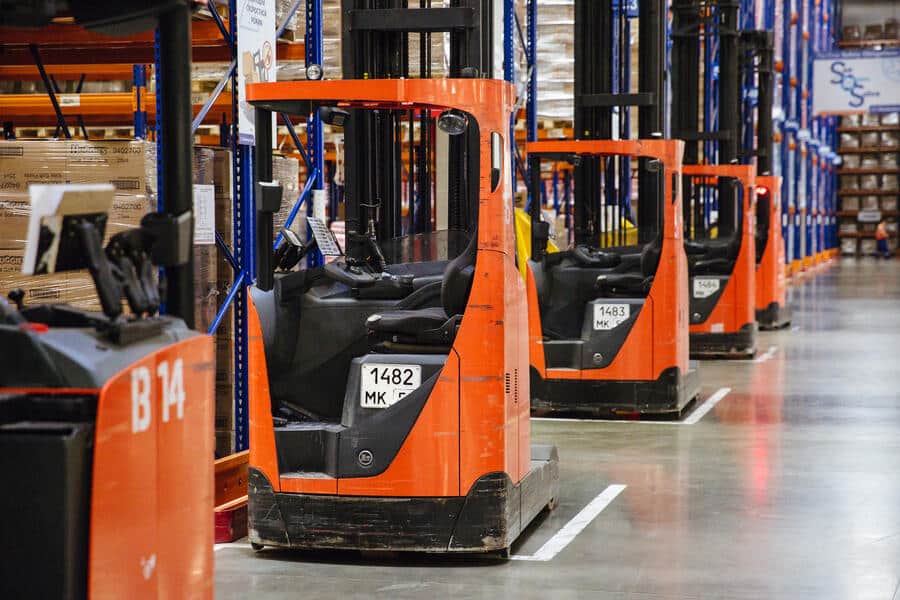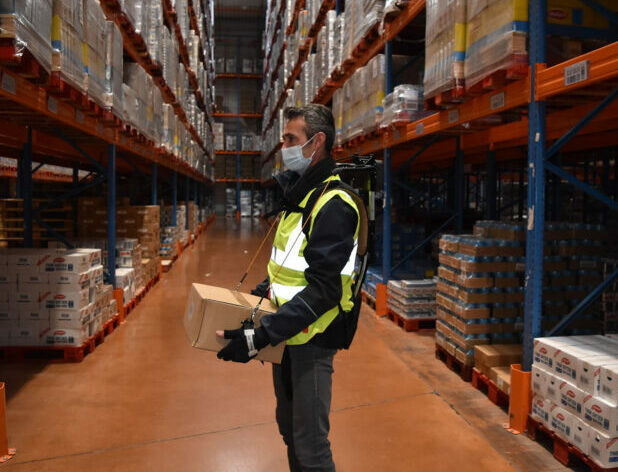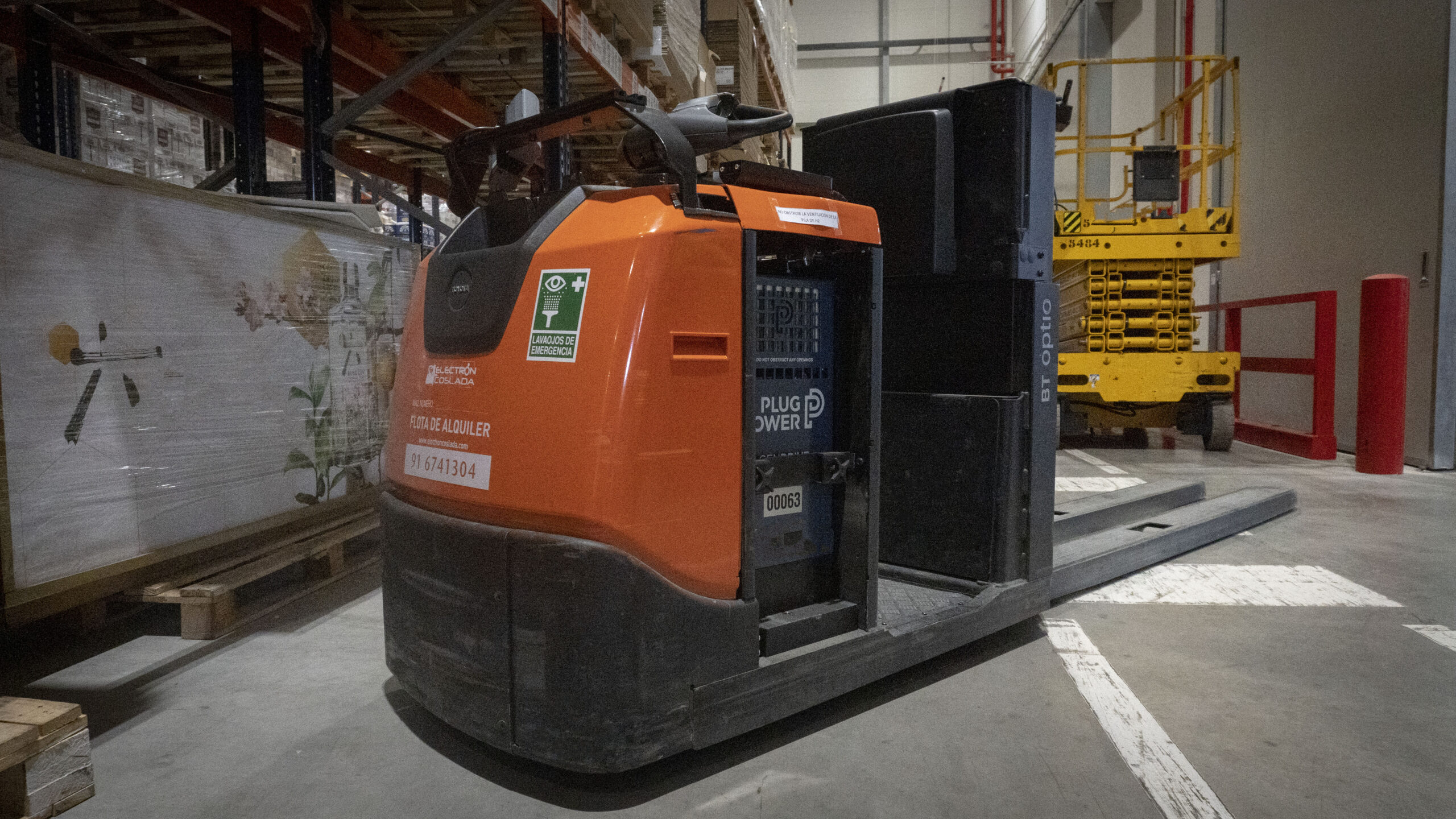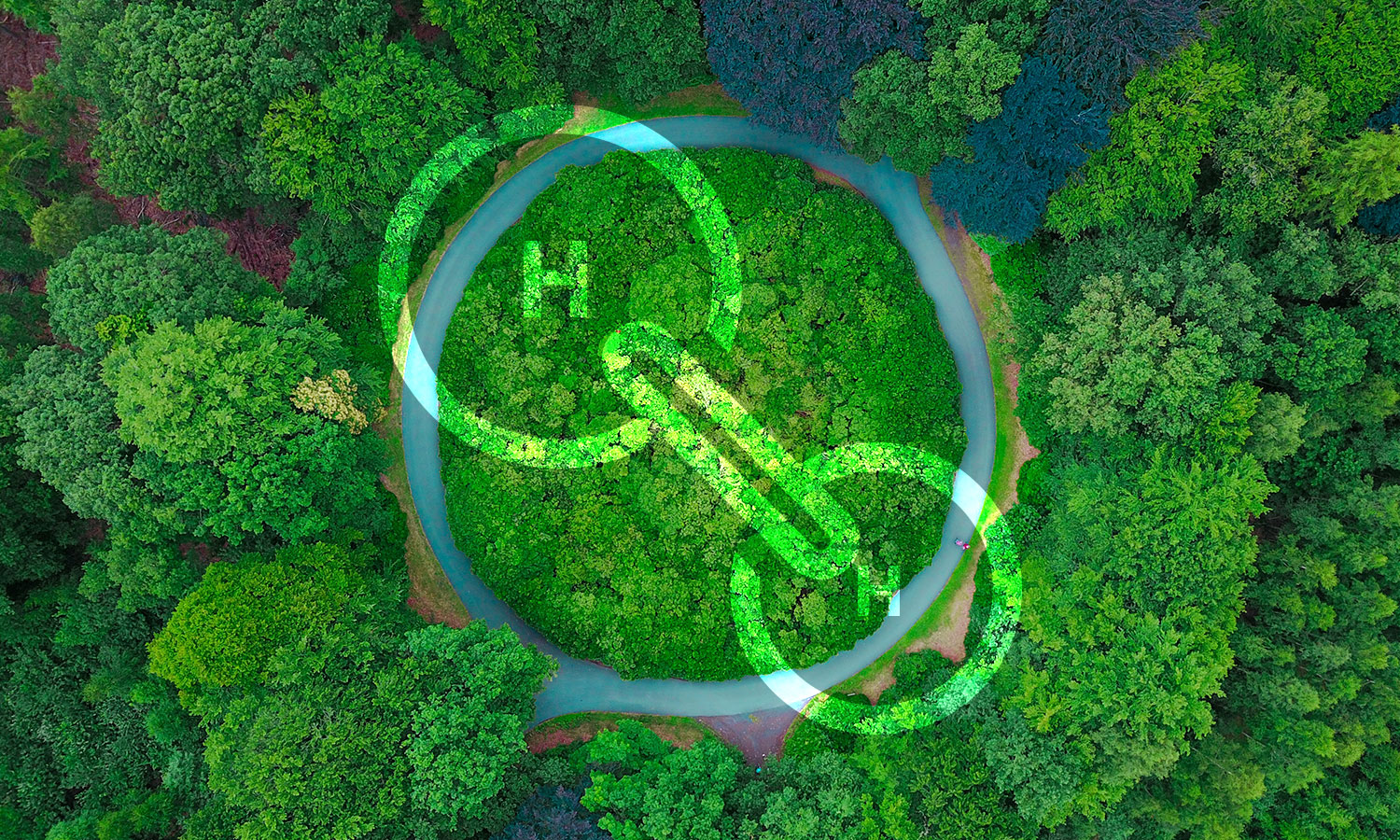Forklift vehicles dashing around warehouse floors are at the heart of the movements of boxes and pallets, from truck to shelves. As they operate indoors, they have, for some time, been relatively non-polluting. Most forklifts are currently powered by electric batteries or have thermal engines using natural gas.
There is now an emerging alternative in the shape of hydrogen fuel cells. This is more than another possible source of power; it represents a change that brings numerous advantages, particularly if the hydrogen fuel is a true green energy.
The Current State Of Play Is Far From Ideal
Today’s forklifts have drawbacks, even those already powered by electricity. As with many batteries, the recharging time is long, especially for a highly active environment operating through extended periods of the day and night, such as a logistics warehouse. Batteries that have lost their charge have to be regularly replaced. The autonomy of today’s batteries is limited and their performance declines as they lose their charge. This means that a large stock of fully charged batteries is needed. Even then, switching over still takes up to 20 minutes. As the batteries are heavy, they lead to health and safety issues, at the time of their handling.
Lithium batteries (only 5% of current batteries in forklifts) can be recharged in ten minutes but then only provide, on an average, one hour of operation until the next recharge. The forklifts powered by a natural gas thermal engine are noisy and emit pollutants such as carbon monoxide; in enclosed spaces.
H2 Cells Can Bring A Significant Increase In Productivity
A move from batteries to hydrogen fuel cells offers great possibilities. The key difference is that the H2 fuel cells are integrated into the vehicle and generate electricity on board. Instead of recharging or switching batteries, the vehicle’s power cell is simply refuelled with hydrogen gas in less than three minutes and can then operate for eight hours. This leads to a significant increase in productivity. And hydrogen power cells emit only a small quantity of water, hence we have zero pollution in the warehouse.
An H2 cell solution could eliminate the problems associated with the performance of electric batteries. And, as batteries will no longer need to be stocked and take up valuable space, hence that space can be utilised more efficiently.
The GenDrive® Fuel Cell
Energy at the heart of productivity
A Plug & Play alternative to the traditional lead-acid battery
- Hydrogen refuelling in less than 3 minutes
- No need for battery charging room, frees up commercial space
- Hydrogen filling station positioned inside the building
- Hydrogen gas stored outside
- Constant voltage
- Increased flexibility
- True zero emissions on site, with the exception of a little water
Investigation And Forward Thinking
To investigate the use of hydrogen, FM Logistic launched its “Hawl” project at the end of 2014 and chose to equip its warehouse in France, near Orleans, with 54 forklifts running on hydrogen cells. The project was set up by a consortium of companies which included Air Liquide (hydrogen specialist), Plugpower (manufacturer of fuel cells), Toyota and Crown (both manufacturers of forklift vehicles). The project benefited from EU funding as part of a development plan for alternative energies.
The objective was primarily to demonstrate the effectiveness of hydrogen forklifts and to fully understand the technical requirements of using them in a logistics environment. FM Logistic wanted to find a sustainable alternative and demonstrate the economic interest of the solution. As a pioneer in developing sustainable solutions in the logistics industry they wanted to take a step further with the intention of sourcing the hydrogen fuel from 100% green sources on site, a true zero emissions solution.
Beyond the environmental benefits, the objective of introducing H2 forklifts is also to make further progress on the fundamental issue in warehousing logistics – the well-being and health of operators. For example, the safety and its ease of use, to eradicate accidents in the current process of changing a classic lead acid battery.
The Future Is Promising
From an economic point of view the study confirmed that it is possible to make savings compared to current systems as long as there is a fleet of over 50. Hydrogen becomes more efficient in an environment of intensive use, because of the rapid refuelling and high autonomy. This compensates for the current cost of equipment and hydrogen fuel; both are forecast to fall in the near future. In addition, H2 fuels cells have a life of up to ten years compared to seven years for batteries.
The only significant risk is related to the flammability of hydrogen gas. This is however limited as the gas is stored in secure cylinders outside the warehouse and piped into the fuelling station.
It looks like the future is bright for the H2 fuel cells. The next step is to roll out forklift vehicles on a wider scale. For FM Logistic, the intention is to combine this with the production of green hydrogen, thus resulting in a zero-emissions solution. The use of H2 trucks is all the more consistent as FM Logistic can produce it locally from renewable sources on its sites. This is already the case in Llescas, near Madrid, where a station will be inaugurated in Q1 2022. This will produce 45kg H2 / week to supply the site’s trucks and a distribution LCV.



